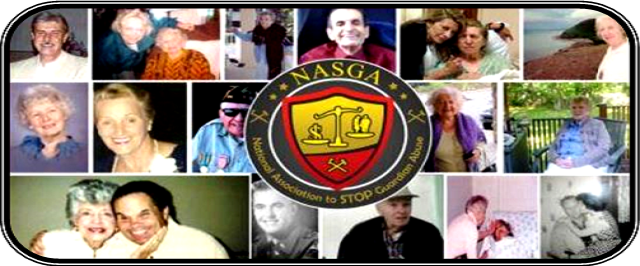A place that feels like a suburban ‘hood, with a movie theater, a library, even a spa?
Or do you imagine something more institutional?
A Walk Down Memory Lane
Three Ohio senior memory care facilities have been making waves with their innovative design and forward thinking. These Lantern lifestyle centers are the brainchild of CEO Jean Makesh, who has brought old-fashioned neighborhood life indoors for people with dementia or Alzheimer’s.
Makesh has high hopes for his model: “We cannot continue to just care for Alzheimer’s patients,” Makesh told Senior Housing News earlier this year. The Lantern centers, he believes, may actually help to treat dementia.
Each of the facilities is a kind of time capsule of 1930s and ’40s small-town environments — even the paint-colors are authentically vintage. The centers are designed to put seniors with failing memories at ease, help connect them to their pasts and encourage the formation of new memories. In Makesh’s view, some of the agitation that patients experience in a typical nursing home comes from the fact that this “home,” whether it’s more like a hospital or a hotel, doesn’t feel at all familiar. After all, a person with Alzheimer’s remembers the decade of his or her youth much more clearly than where they were 20 years ago, or even yesterday.
Even if the Lantern centers look a little like stage sets, these faux towns are designed to allow people with dementia to function at their maximum potential in a real-life way. A former occupational therapist with experience in the skilled nursing industry, Makesh pairs the familiar environment with cognitive and occupational therapy and other forms of rehab. Residents take classes in the skills of daily living. “The learning is based on what we think they need based on the deficits,” Makesh told the the News-Herald. “We reintroduce learning into their life. We strongly believe by doing that, we’ll be able to slow the progression of the disease.”
More Than Memories
Images of the Lantern centers’ indoor courtyards, streets and faux golf courses have recently spread across the internet, sparking broad interest in Makesh’s experiment.
Each person living in one of these centers has a front porch from which he can chat with neighbors and watch the community’s comings and goings, supporting a culture that encourages residents to interact with one another.
Fiberoptic ceilings mimic the rising and setting of the sun to help with residents’ internal clocks. Mid-day, the sunlight streams down and at “night,” scattered stars twinkle in the dark night sky, and porch lights and street lamps glow.
Beneath the “sky,” the indoor “courtyard” — fake grass, a real waterfall, painted landscapes, cafe tables and fountains — is designed to alleviate the perpetual “shut in” feeling of the typical nursing home.
The physical environment isn’t all that distinguishes a Lantern center from the typical retirement home. Residents have access to the types of venues they once enjoyed, like a 24-hour bistro, movie theater, fitness center, spa and library. There’s aromatherapy. At mealtimes, appetite-boosting aromas like citrus fill the air. Should a person become depressed or agitated, the anxiety-relieving scent of frankincense wafts through their room.
There’s sound therapy, too. Birds chirp and a waterfall gurgles as if it’s springtime. It’s a faux natural world with surround-sound music.
Will some men and women be rehabilitated to the point that they can return to their real-life homes? Makesh believes that’s a possibility. As he told News Herald, some clients in the controlled environment have learned to bathe and dress themselves.
What If This Wasn’t Your Hometown?
Would the Lantern centers, which replicate the childhood homes of some but certainly not all of the U.S. population, put seniors at ease who grew up in, say, 1940s New York City or Chicago? And could the model be re-created at less expense to make it more affordable? Makesh says that each of his three centers reflects the community where it’s located, and that he wants to make the Lantern model available to a broad population. Maybe we’ll see a memory care center some day where residents sit out on their stoops and take short trips to the local newsstand.
Can you imagine living in a faux Lantern-style town?
Full Article & Source:
An Innovation in Memory Care: Therapy Through Design

2 comments:
This article really started my day off on the right track. Thank you for something positive as a treatment of dementia, not just the standard warehouse.
This is a great idea! The one thing I worry about as I age is that if I had to be in a home I'd feel trapped. I would miss the feeling of being outdoors. This is a great way to alleviate that feeling.
Post a Comment